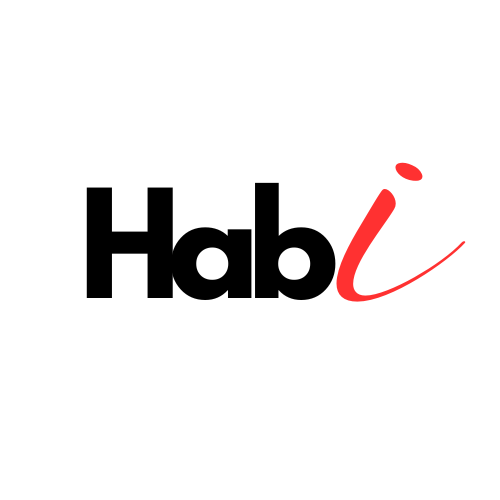Git has become an indispensable tool for developers across the globe, enabling seamless collaboration, version control, and efficient project management. If you’re new to Git, it can feel daunting, but it’s one of those tools that, once you understand the basics, will significantly boost your development workflow.
In this guide, we will break down Git into simple, easy-to-understand steps for beginners. By the end of this post, you’ll be able to use Git to track changes in your code, collaborate with others, and manage your projects efficiently.
Introduction: Why You Should Learn Git
Git is a distributed version control system that allows developers to track changes in their codebase, collaborate with others, and manage their projects without the fear of losing important versions. If you’re a developer (or aspiring to become one), understanding Git is essential for both personal projects and team collaborations.
This guide is tailored for beginners who want to get started with Git. We’ll walk you through the following:
- Setting up Git on your local machine
- Basic Git commands
- Managing repositories (repos)
- Collaborating with others
- Practical Git workflows
Step 1: Setting Up Git
The first step in learning Git is installing it on your computer.
Installing Git
- Windows: Download Git for Windows from git-scm.com and follow the installer’s instructions.
- macOS: You can install Git using Homebrew by running the command
brew install git. - Linux: For Linux, install Git through the package manager. For example, on Ubuntu, use
sudo apt install git.
Configuring Git
Once Git is installed, you need to configure it by setting up your username and email. This is important as Git uses this information to track changes made by you.
git config --global user.name "Your Name"
git config --global user.email "your.email@example.com"You can verify your configuration with:
git config --listStep 2: Initializing a Repository
A repository (or repo) is where your project’s code is stored. To start using Git, you need to initialize a repository in your project folder.
Create a New Repository
Navigate to your project folder and run:
git initThis initializes an empty Git repository in that folder, enabling you to start tracking changes.
Cloning an Existing Repository
If you’re contributing to an existing project, you can clone the repository using:
git clone <repository-url>Step 3: Understanding Git Basics
Once your repository is set up, you’ll interact with Git through a series of commands. Let’s break down the most essential ones:
Checking the Status of Your Repo
To see the status of your repository (i.e., which files have changed), use:
git statusAdding Changes to Git
Before committing changes, you need to add them to the staging area. You can add specific files or all changed files:
git add <file-name> # To add specific files
git add . # To add all changed filesCommitting Your Changes
After adding the files to the staging area, you can commit them with a descriptive message:
git commit -m "Add feature X"Viewing Commit History
To see a history of your commits, run:
git logYou’ll get a list of all the changes made in your repository, including the author, date, and commit message.
Step 4: Branching in Git
Branches allow you to work on new features or fixes without affecting the main codebase. You can create, switch, and manage branches with ease.
Creating a New Branch
git branch <branch-name>Switching to a Branch
git checkout <branch-name>Merging Branches
Once you’ve completed work on a feature branch, you can merge it back into the main branch:
git checkout main # Switch to the main branch
git merge <branch-name> # Merge your feature branch into mainStep 5: Collaborating with Git and GitHub
Git is even more powerful when used in collaboration with others, and platforms like GitHub make it easy to work on shared projects.
Pushing Changes to GitHub
Once you’ve committed your changes, you can push them to a remote repository on GitHub:
git push origin <branch-name>Pulling Changes from GitHub
To get the latest updates from your team members, use:
git pull origin <branch-name>Handling Merge Conflicts
Sometimes, multiple people might make changes to the same part of the code. When this happens, Git will highlight a merge conflict. You’ll need to manually resolve these by choosing which changes to keep.
After resolving the conflict, mark the file as resolved:
git add <file-name>Then commit the merge:
git commitStep 6: Practical Git Workflows
Most developers use Git in specific workflows to manage features and updates. Here are a few common workflows:
Feature Branch Workflow
In this workflow, each new feature is developed in its own branch. Once the feature is complete, the branch is merged into the main branch.
Git Flow
Git Flow is a more structured workflow, where you have separate branches for development, production, and features. This method is often used in teams where different developers work on distinct parts of a project.
Forking Workflow
When contributing to open-source projects, you often use the forking workflow. You fork the repository to create your own copy, make changes, and then submit a pull request to merge your changes back into the original project.
Conclusion: Getting Comfortable with Git
Learning Git may seem overwhelming at first, but once you get the hang of the basic commands and workflows, you’ll find it to be an incredibly powerful tool. By incorporating Git into your daily development practices, you’ll improve your productivity, reduce errors, and collaborate more effectively with others.
The best way to master Git is by using it in real projects. Start with your personal projects, or contribute to an open-source repository to get some hands-on experience.
Happy coding!
